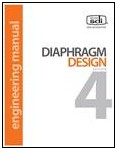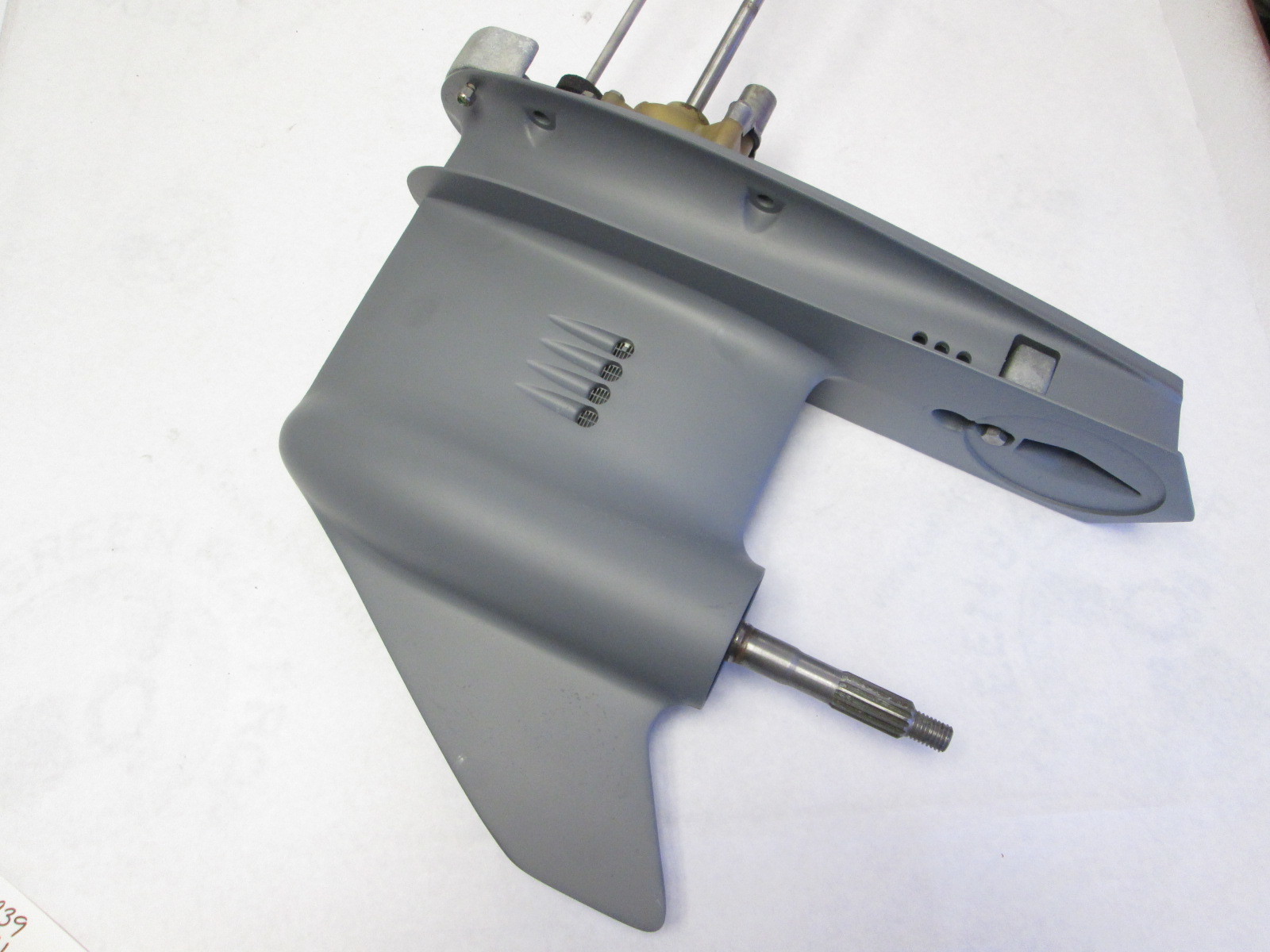Sdi Diaphragm Design Manual 3rd Edition
The Fourth Edition of the SDI Diaphragm Design Manual, DDM04, replaces the Third Edition, DDM03. It includes information for the design of steel deck.
This article outlines the current experimental research activities of Hilti with respect to the seismic performance of sheet steel decks in shear diaphragm designs. Hilti’s vast range of products includes steel screws as well as powder‐actuated nails and tools for the fastening of sheet steel decks and sandwich panels on steel structures. Common designs in North America include shear diaphragms constructed with sheet steel deck which is fastened to thin steel bar joists and structural steel framing supports. In contrast to Europe, most of the fastenings (approx.

- The design of steel deck is based on the properties and resistance. The third edition of the SDI Diaphragm Design Manual is near completion and will be.
- Oct 14, 2015 - The Steel Deck Institute (SDI) has published a new edition of the. It replaces the Third Edition of the Diaphragm Design Manual, DDM03.


85%) are still made using of arc‐spot puddlewelds, the rest are mechanically fastened. The objective of this ongoing research project is to prove the suitability and performance of such mechanically fastened diaphragm systems when subjected to seismic loading.
Steel Deck Institute Diaphragm Design Manual 3rd Edition
Therefore, static and dynamic testing of these assemblies are carried out in the “Fastening Systems Research Laboratory” at Hilti headquarters in Schaan, which has been awarded DAP accreditation (DAP, German Accreditation System for Testing — DIN EN ISO/IEC 17025). Static preliminary tests provide the calibration data for the seismic load protocol developed by Prof. Robert Tremblay (University of Montreal, Canada). The results of multiple tests using different sheet metal thicknesses and fastening patterns confirm the ductile behaviour of such constructions.
Comments are closed.
